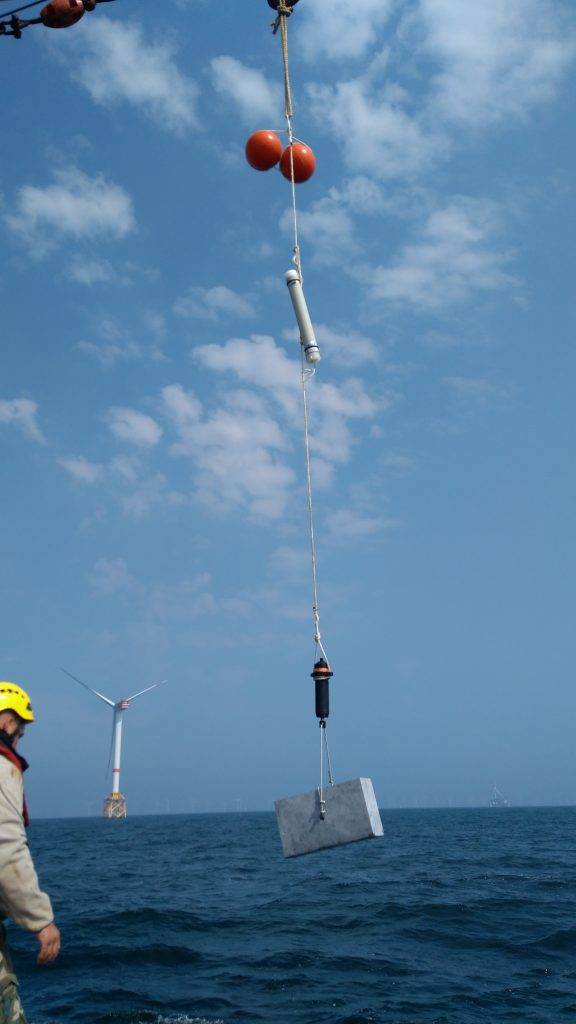Passive acoustic monitoring (PAM) of marine mammals
Harbor porpoises (Phocoena phocoena) almost continuously produce narrow-band, short-range high-frequency (NBHF) clicks for navigation, foraging and communication. These clicks can be detected by hydrophones, i.e. passive acoustic monitoring (PAM). PAM is a cost-effective technology used for e.g. studying porpoise distribution, abundance, and behavior over long periods of time, independent of light conditions and under most environmental conditions. MARECO has been using click detectors (C-PODs, Chelonia Ltd, UK) and full-bandwidth recorders (SoundTrap, Ocean Instruments, NZ) to study long-term trends in harbor porpoise distribution in Belgian waters and their response to human activities such as offshore wind farm construction and shipping.

